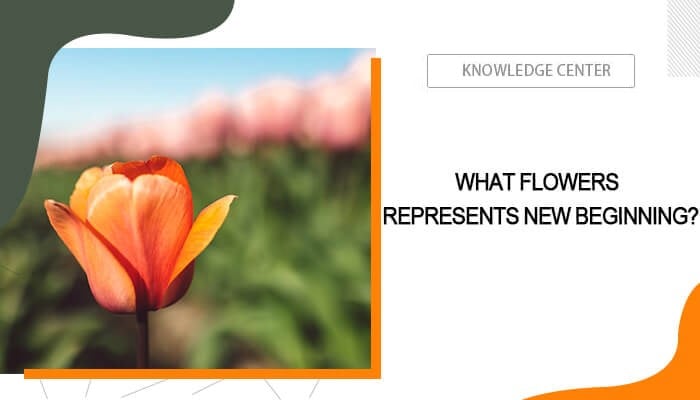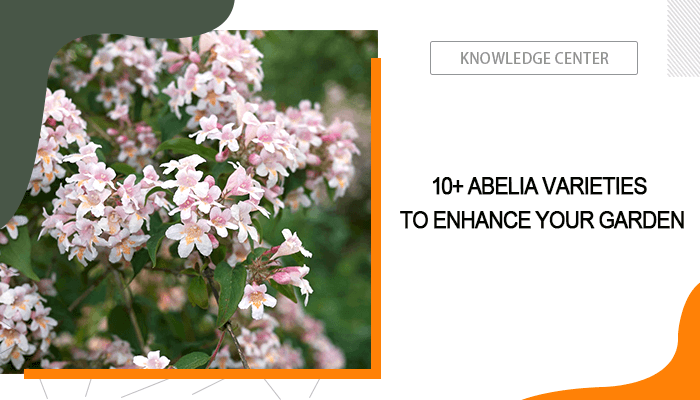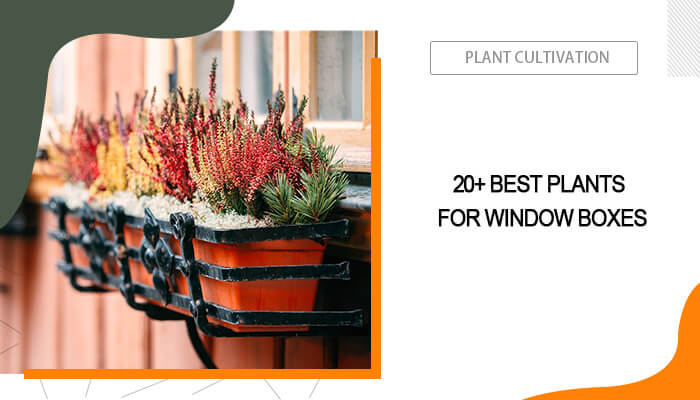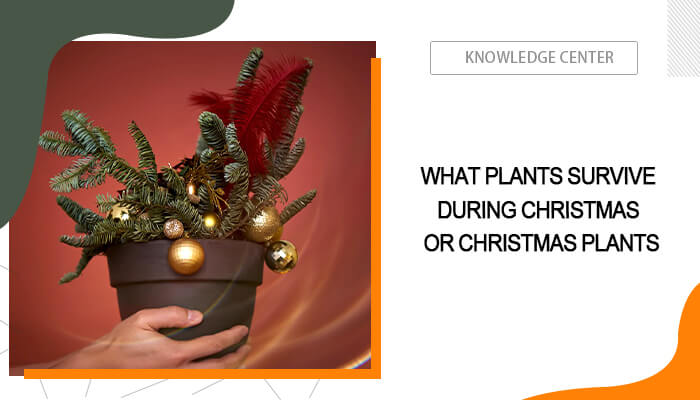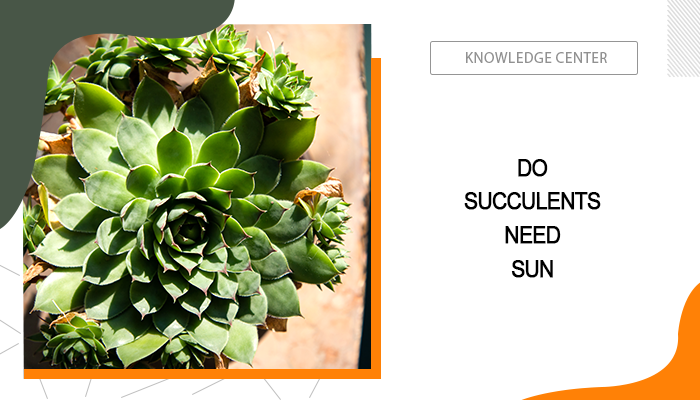For a long time, flowers are symbols of various emotions and life stages. Every new year, plant enthusiastics may look for flowers that symbolize new beginnings. There are a group of flowers that represent new start, rebirth, new changes, and healing and reformation. Each flower carries its own unique significance and the language of flowers, or floriography, highlights these meanings, allowing us to express sentiments of rejuvenation and optimism.
In this post, we’re going to explore 25+ flowers that symbolize new beginnings. From Peace Lily to Jasmine, they can remind us of the beauty and potential inherent in every fresh chapter of life.
Table of Contents
Flowers that Symbolize New Beginnings Housewarming
Peace Lily
The Peace Lily symbolizes new beginnings and is an ideal housewarming gift as they’re associated with peace, tranquility, and harmony. Its elegant white blooms and lush green leaves bring a sense of calm and freshness to any space, making it a perfect addition to a new home. The Peace Lily is also known for its air-purifying qualities, promoting a healthy living environment, which aligns beautifully with the theme of starting anew. By gifting a Peace Lily, you not only offer a stunning plant but also convey heartfelt wishes for serenity and positive energy in the recipient’s new living space.
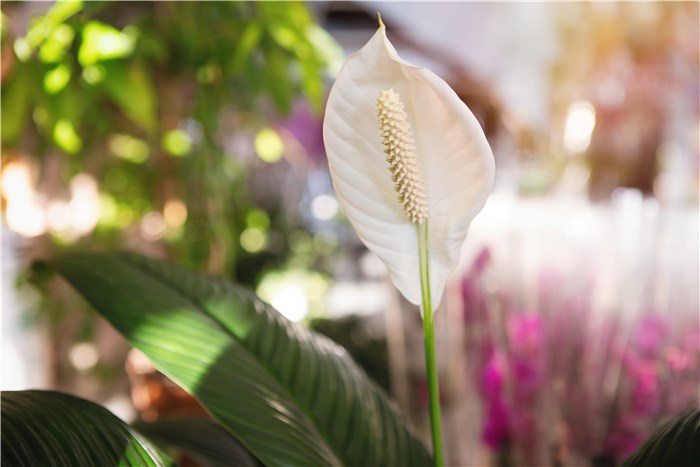
Flowers that Symbolize New Beginnings Housewarming - Peace Lily
Begonias
Begonias symbolize new beginnings and make a thoughtful housewarming gift due to their vibrant colors and diverse varieties, which represent positivity and fresh starts. Often associated with good luck and prosperity, begonias thrive in new environments, reflecting the adaptability and hope that come with embarking on a new chapter in life. Their lush foliage and beautiful blooms can enhance any living space, creating a warm and inviting atmosphere. By gifting begonias, you not only celebrate the joy of a new home but also wish the recipient a journey filled with growth and happiness.
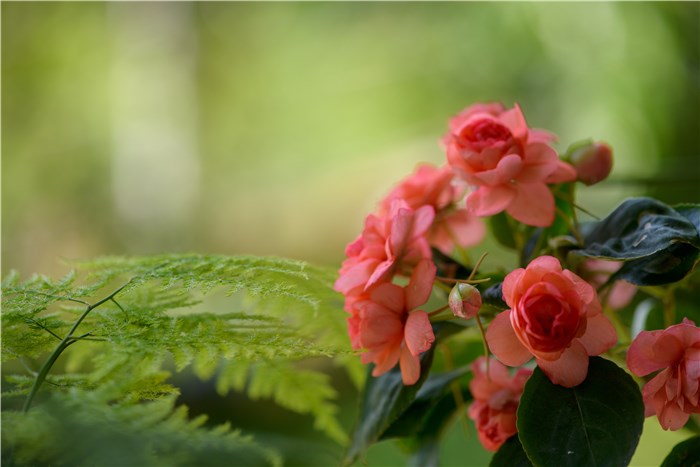
Flowers that Symbolize New Beginnings Housewarming - Begonias
Gerbera Daisies
Gerbera daisies symbolize new beginnings and are a perfect housewarming gift thanks to their bright, cheerful blooms that evoke feelings of joy and optimism. Their vibrant colors and large, stunning petals represent warmth and happiness, making them an ideal way to celebrate the excitement of moving into a new home. Associated with purity and strength, gerbera daisies can also signify the fresh start that comes with new beginnings, encouraging a positive atmosphere in the new space. By gifting gerbera daisies, you not only bring a touch of natural beauty into a home but also convey heartfelt wishes for a joyful and prosperous future.
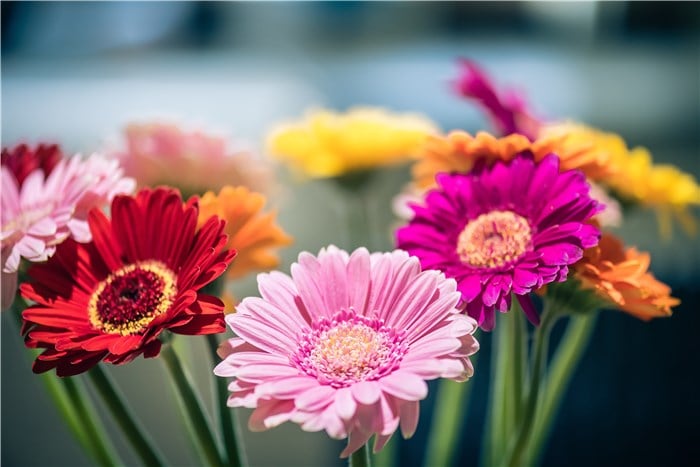
Flowers that Symbolize New Beginnings Housewarming - Gerbera Daisies
Sunflowers
Sunflowers represent new beginnings due to their bright, sunny appearance and their ability to turn towards the light. This characteristic reflects optimism and a positive outlook, making sunflowers a powerful reminder of the potential for growth and renewal in a new home. Their vibrant yellow petals evoke warmth and happiness, creating an inviting atmosphere that encourages joy and positivity. Additionally, sunflowers are often associated with loyalty and adoration, conveying heartfelt wishes for a nurturing and loving environment. By gifting sunflowers, you celebrate not just the new space but also the fresh opportunities and memories that await.
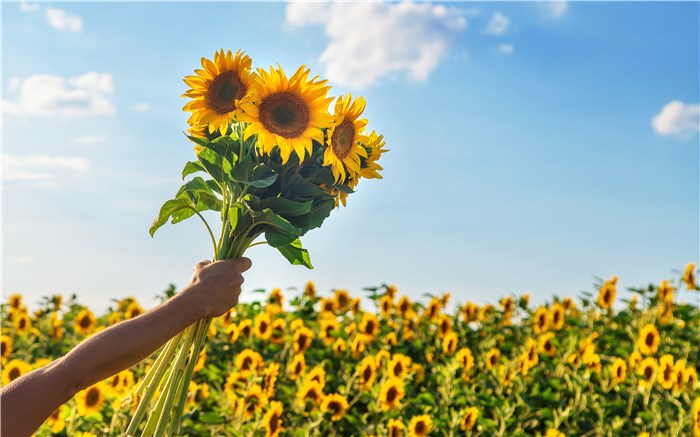
Flowers that Symbolize New Beginnings Housewarming - Sunflowers
Succulents
While Succulents are not traditional flowers, they symbolize resilience and adaptability, perfect for new beginnings in a fresh space. They can store water, which symbolizes strength and endurance, reflecting the potential for growth and renewal in a new home. With their diverse shapes and vibrant colors, succulents bring a touch of modern elegance to any space, making them a stylish addition to home decor. Furthermore, they serve as a reminder of the importance of nurturing and cultivating relationships, as they flourish with a little attention. By gifting succulents, you not only celebrate the excitement of starting anew but also inspire the recipient to embrace change and cultivate a flourishing living environment.
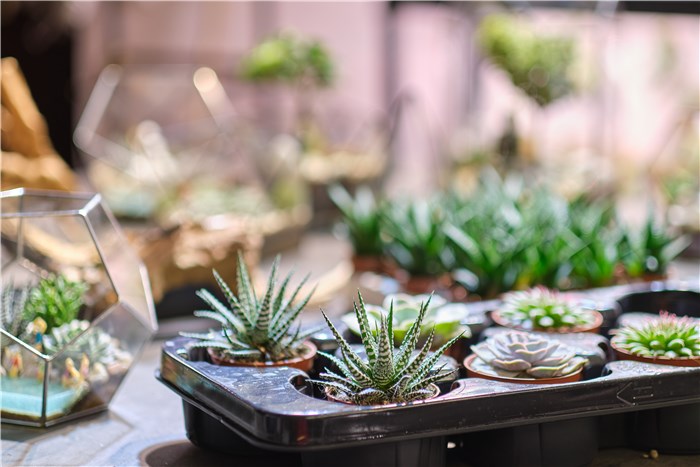
Flowers that Symbolize New Beginnings Housewarming - Succulents
Flowers that Mean New Romance
Roses
Roses means long-standing association with love, passion, and beauty. The rich history of roses in literature and art has established them as a universal emblem of affection, making them a classic choice for expressing romantic feelings. Specifically, red roses are often linked to deep love and desire, while other colors, such as pink, represent admiration and gratitude. Giving roses conveys emotions that words sometimes cannot express, making them a powerful gesture in the context of new relationships. Their delicate petals and enchanting fragrances create an intimate atmosphere, enhancing the romantic experience and signifying the blossoming of love.
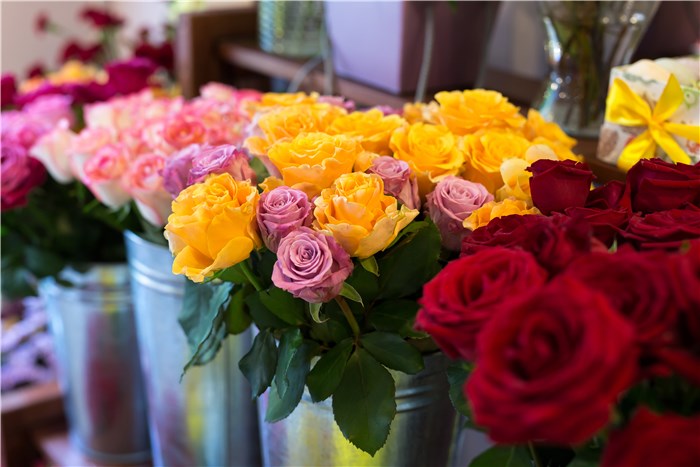
Flowers that Mean New Romance - Roses
Tulips
Tulips mean new romance because of their association with fresh beginnings and their elegant, uplifting appearance. These blooms are often seen as harbingers of spring, representing renewal and the blossoming of new love. The variety of colors in tulips also conveys different meanings; for instance, red tulips express true love, while pink tulips signify affection and care. Their graceful shape and vibrant hues evoke feelings of joy and excitement, making them a perfect gift for someone special in the early stages of a relationship. By giving tulips, you not only celebrate the beauty of new romance but also convey heartfelt emotions that reflect the promise of a blossoming connection.
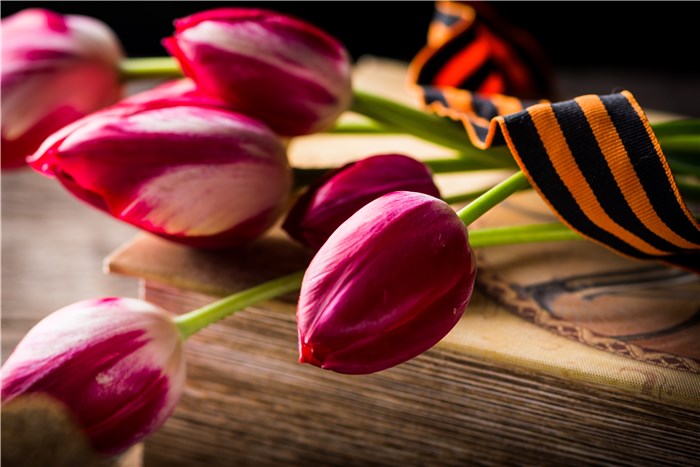
Flowers that Mean New Romance - Tulips
Daisies
Daisies symbolize innocence and purity and convey a sense of new beginnings and are often associated with new love. Their simple, bright blooms evoke feelings of joy and playfulness, making them a perfect representation of the lightheartedness often found in new relationships. Daisies are also linked to the idea of loyalty and true love, as their name is derived from the Old English phrase "day's eye," reflecting their ability to open and close with the sun. This characteristic mirrors the excitement and optimism of budding romance, where each moment feels vibrant and full of potential. By gifting daisies, you convey a sense of hope and joy, celebrating the sweetness and spontaneity of new love.
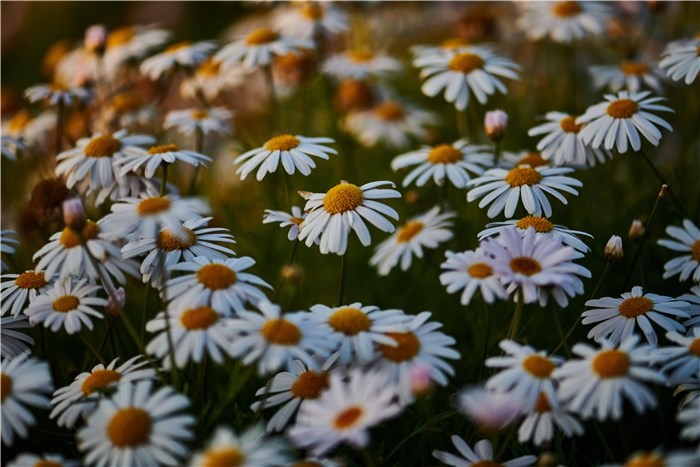
Flowers that Mean New Romance - Daisies
Lilies
Especially stargazer lilies, signify passion and can represent the excitement of new romance. Their striking appearance and fragrant blooms make them a captivating choice for expressing romantic feelings. In various cultures, lilies are linked to love and passion. The graceful shape of lilies evokes a sense of sophistication and depth, making them ideal for celebrating the excitement of new love. By gifting lilies, you not only convey admiration and affection but also signify the blossoming potential of a romantic relationship.
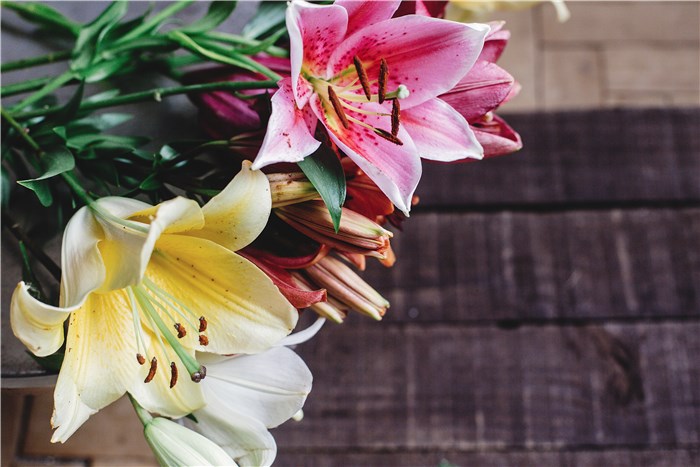
Flowers that Mean New Romance - Lilies
Peonies
Known for their lush blooms, Peonies symbolize romance and prosperity, making them a lovely choice for budding relationships. Their vibrant colors and fragrant petals evoke feelings of joy and warmth, making them a perfect representation of blossoming love. In many cultures, peonies are linked to romance and are believed to bring about a sense of enchantment and celebration in new relationships. By gifting peonies, you convey deep affection and the promise of a beautiful journey together, reflecting the excitement and potential of new beginnings in love.
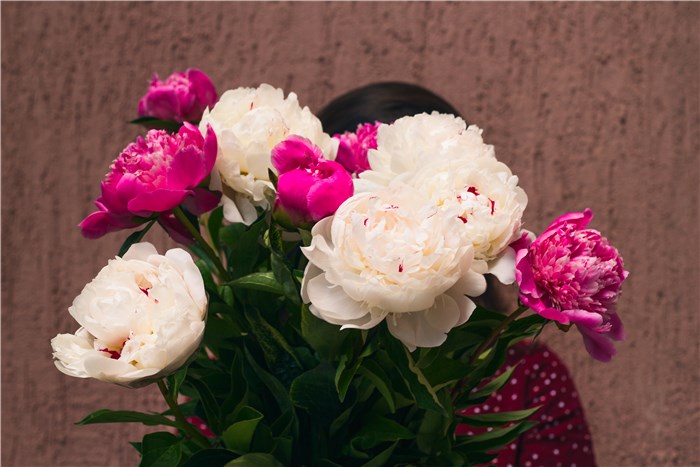
Flowers that Mean New Romance - Peonies
Flowers that Mean Rebirth
Cherry Blossoms
These beautiful flowers represent the transient nature of life and the beauty of renewal, often associated with spring. In many cultures, particularly in Japan, these delicate flowers represent renewal and the fleeting beauty of existence. Their short blooming period serves as a reminder of the impermanence of life, encouraging appreciation for the present moment.
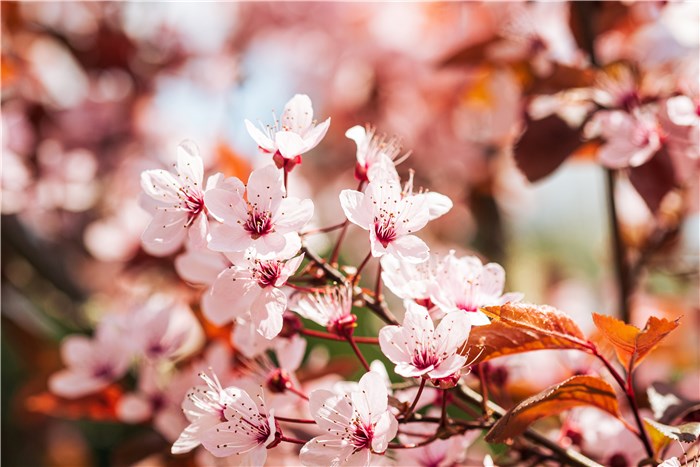
Flowers that Mean Rebirth - Cherry Blossoms
The arrival of cherry blossoms signifies the end of winter and the start of a new season, embodying hope and new beginnings. Festivals celebrating cherry blossoms (sakura) often focus on themes of renewal and the beauty of life’s cycles. Thus, cherry blossoms not only mark the physical rebirth of nature but also inspire a deeper reflection on personal growth and transformation.
Tulips
These vibrant flowers signify renewal and are often associated with the arrival of spring, representing new life and new beginnings. Their vibrant colors and diverse varieties also evoke feelings of joy and optimism, making them a perfect emblem of rejuvenation.
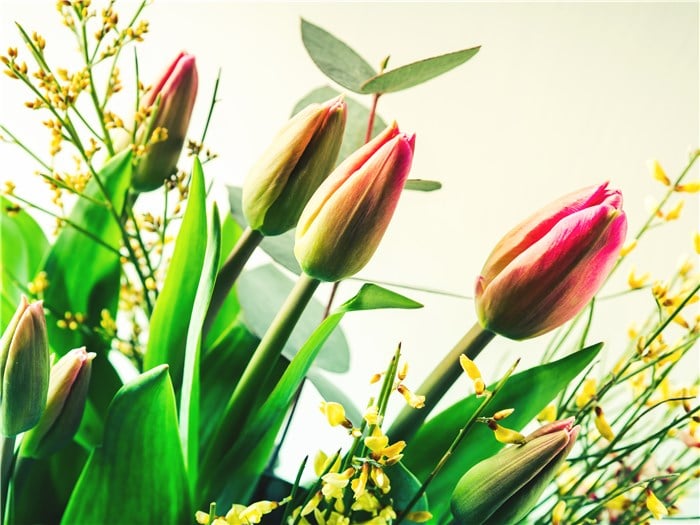
Flowers that Mean Rebirth - Tulips
In many cultures, Tulips are linked to themes of transformation and growth, reflecting the idea that life can blossom anew after periods of dormancy or hardship. The cyclical nature of tulips—emerging from the ground, blooming brightly, and eventually fading—mirrors the journey of renewal and change. By embracing tulips, we celebrate the beauty of rebirth and the potential for fresh starts in our lives.
Daffodils
Known for their bright yellow blooms, Daffodils are among the first flowers to bloom in spring, symbolizing new beginnings and rebirth. As one of the first flowers to bloom after winter, they represent new beginnings and the renewal of life. Their bright color is often associated with warmth, hope, and optimism, signifying the end of cold, dark days. In many cultures, daffodils are linked to themes of resurrection and regeneration. Their ability to flourish after harsh conditions serves as a powerful reminder of resilience and the potential for growth following adversity. Additionally, in some traditions, daffodils are seen as omens of good fortune, reinforcing their association with positive change and new opportunities. By embracing daffodils, we celebrate the beauty of renewal and the promise of brighter days ahead.
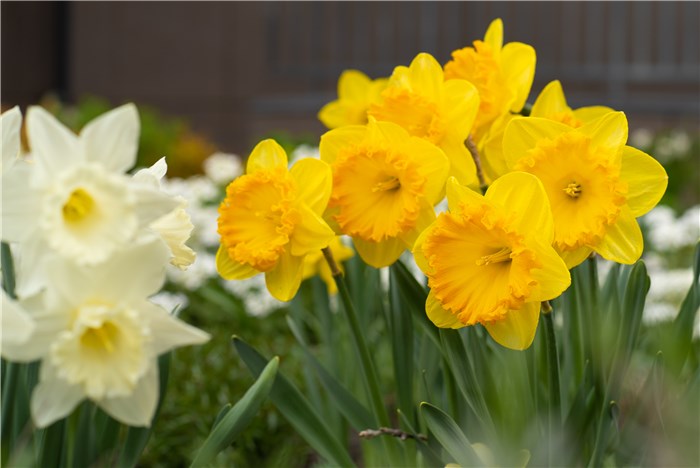
Flowers that Mean Rebirth - Daffodils
Crocus
Crocus are one of the first flowers to bloom after winter, crocuses symbolize hope and the rebirth of life in spring. Their vibrant colors—ranging from purple and yellow to white—bring a sense of joy and hope, symbolizing new beginnings and the return of life after the cold months. Crocuses are among the first flowers to appear, serving as a reminder that life can thrive even in challenging conditions. Their resilience and ability to bloom in harsh environments embody the spirit of renewal and transformation. In many cultures, the arrival of crocuses is celebrated as a sign of spring, further reinforcing their association with rebirth and the rejuvenation of nature. By appreciating crocuses, we embrace the idea of fresh starts and the beauty of life's cycles.
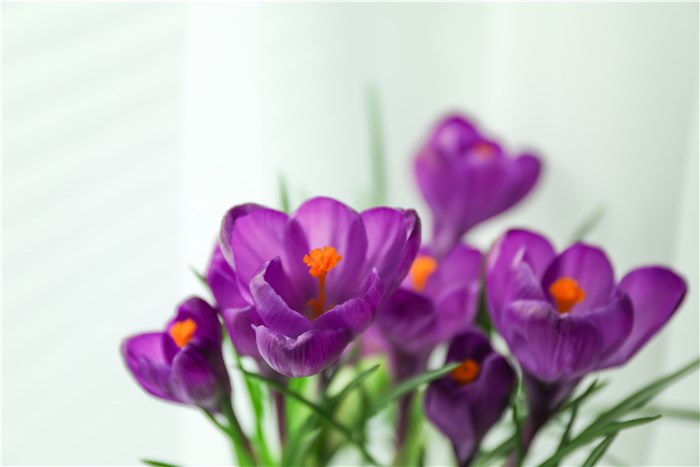
Flowers that Mean Rebirth - Crocus
Lily of the Valley
This delicate flower represents humility and rebirth. These delicate, fragrant flowers bloom in May, often signifying the end of winter and the arrival of warmer days. Normally, it’s linked to themes of purity, humility, and a fresh start. Traditionally, these flowers are seen as harbingers of happiness and good fortune, further emphasizing their connection to rebirth. Their sweet scent and charming appearance evoke feelings of joy and hope, making them a fitting symbol for new beginnings and the beauty of life's cycles. By celebrating Lily of the Valley, we honor the transformative power of nature and the potential for renewal in our own lives.
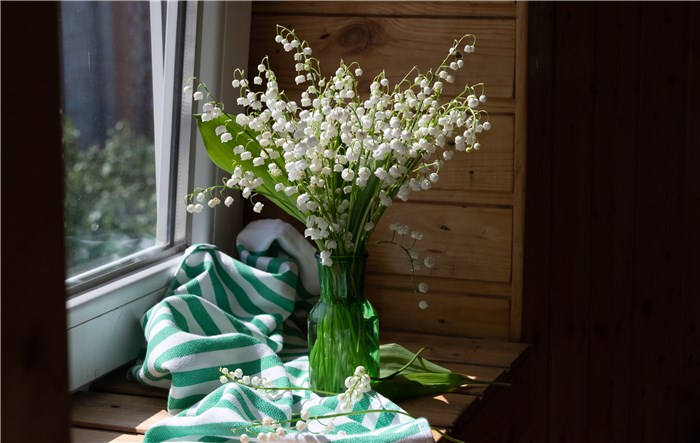
Flowers that Mean Rebirth - Lily of the Valley
Flowers that Represent Change
Hellebores
Blooming in late winter to early spring, Hellebores symbolize change and the promise of new beginnings. They often awaken in the harshest conditions when other plants remain dormant. This resilience symbolizes hope and renewal, reflecting the transition from the bleakness of winter to the vibrancy of spring. Their emergence serves as a reminder that change, though sometimes challenging, can lead to beauty and new beginnings. Additionally, the varying colors and forms of hellebores illustrate diversity in transformation, making them powerful symbols of adaptation and the cyclical nature of life.
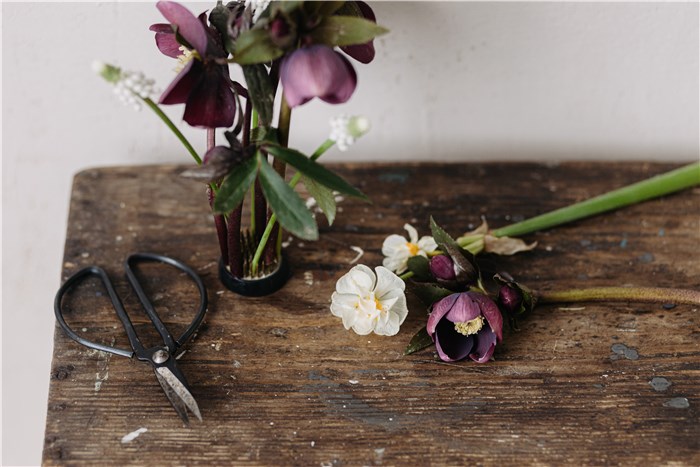
Flowers that Represent Change - Hellebores
Dandelions
Once a flower, they transform into fluffy seed heads, representing the beauty of change and letting go. They can thrive in a variety of environments and transform from vibrant yellow flowers to delicate, fluffy seed heads. This lifecycle symbolizes resilience and adaptability, illustrating how beauty can emerge even in the most unexpected places. As a common yet often overlooked plant, dandelions remind us that change can be both subtle and profound, serving as a metaphor for personal growth and the potential for new beginnings. Their seeds, carried by the wind, further emphasize the idea of spreading change and new opportunities, highlighting the interconnectedness of life and nature.
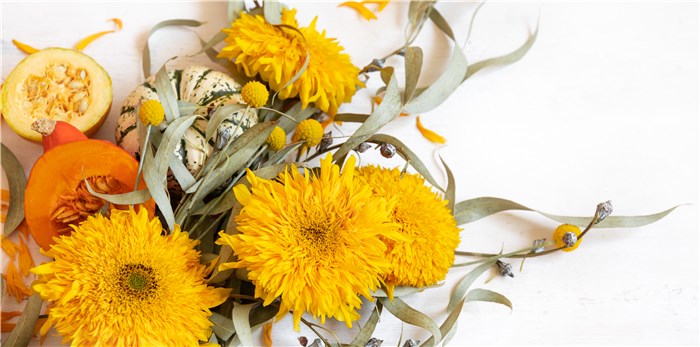
Flowers that Represent Change - Dandelions
Butterfly Bush
Attracting butterflies and other pollinators, this flower symbolizes change and transformation, reflecting nature’s cycles. This plant, known for its rapid growth and adaptability, symbolizes the dynamic processes of nature and the cycles of life. As it flourishes, the butterfly bush not only enhances its surroundings with bursts of color but also fosters biodiversity, illustrating how new growth can lead to flourishing communities. Its ability to attract butterflies, which themselves undergo profound metamorphosis, further emphasizes the theme of transformation, embodying the beauty and potential that come with embracing change in both nature and life.
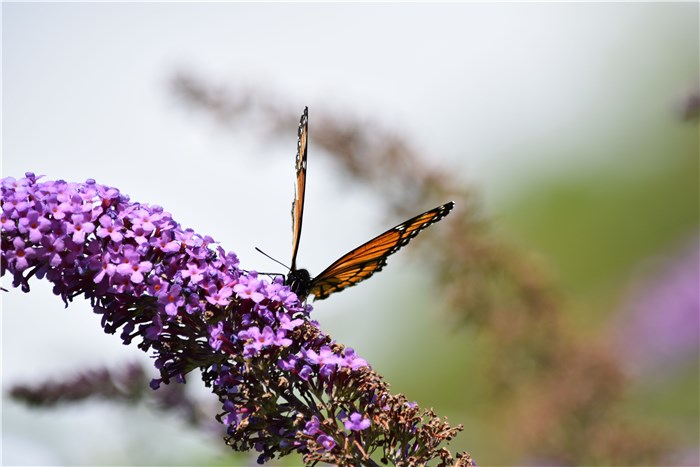
Flowers that Represent Change - Butterfly Bush
Cattails
Often found near water, Cattails represent change and adaptability, thriving in various environments. Cattails represent change due to their unique lifecycle and ecological role in wetland environments. These resilient plants thrive in shifting aquatic landscapes, symbolizing adaptability and the ability to flourish in challenging conditions. As they grow, cattails undergo significant transformations, from green, leafy stalks to tall, fluffy seed heads that disperse their seeds with the wind, embodying the concept of renewal and new beginnings. Their presence in wetlands also signifies the health of an ecosystem, as they provide habitat for various wildlife and help stabilize shorelines, illustrating how change can lead to balance and harmony in nature.

Flowers that Represent Change - Cattails
Lotus
With the remarkable journey of growth, they emerge from murky waters to bloom into stunning flowers. This transformation symbolizes purity, resilience, and the ability to rise above challenges, reflecting the profound process of personal and spiritual development. As the lotus unfolds its petals in the sunlight, it illustrates the concept of rebirth and renewal, embodying the idea that beauty can emerge from adversity. Furthermore, its cyclical nature, where the flower closes at night and reopens each morning, underscores the continuous process of change and the potential for new beginnings, making the lotus a powerful symbol of hope and transformation.
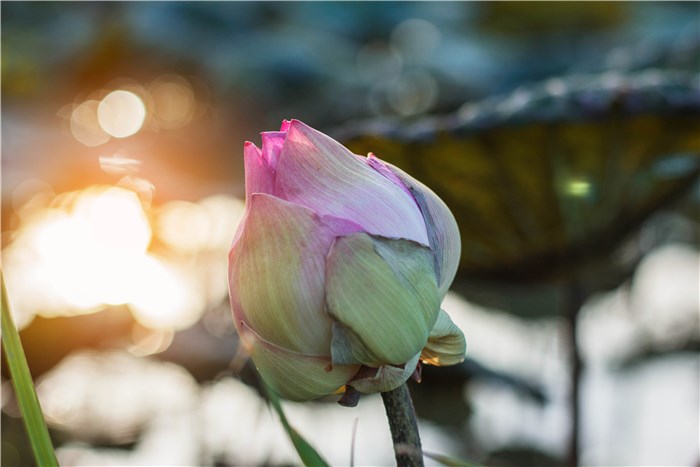
Flowers that Represent Change - Lotus
Flowers that Represent Healing and Reformation
Lavender
Known for its calming properties, Lavender has been utilized for centuries to reduce anxiety, promote relaxation, and improve sleep quality, making it a symbol of emotional and physical healing. The soothing scent of lavender not only alleviates stress but also fosters a sense of peace and rejuvenation, embodying the idea of transformation through self-care and mindfulness. Additionally, the plant's resilience and ability to thrive in various environments reflect the process of reformation, illustrating how overcoming challenges can lead to renewal and growth. Together, these qualities make lavender a powerful emblem of healing and the positive changes that can arise from it.
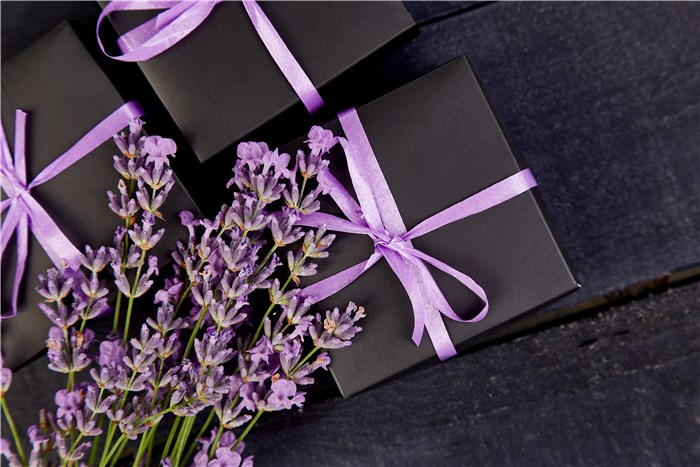
Flowers that Represent Healing and Reformation - Lavender
Echinacea/Coneflower
Often used in herbal remedies, Echinacea represents strength and healing, promoting wellness. Usually called coneflower, Echinacea is renowned for its ability to boost the immune system and fight infections, making it a powerful symbol of health and recovery. Its usage in treating colds, flu, and other ailments highlights its association with healing, reflecting a natural approach to wellness. Furthermore, the plant’s vibrant blooms and resilience in varied environments symbolize transformation and renewal, embodying the idea that healing can lead to personal growth and positive change. As such, Echinacea stands as a testament to the potential for restoration and reformation in both physical health and overall well-being.
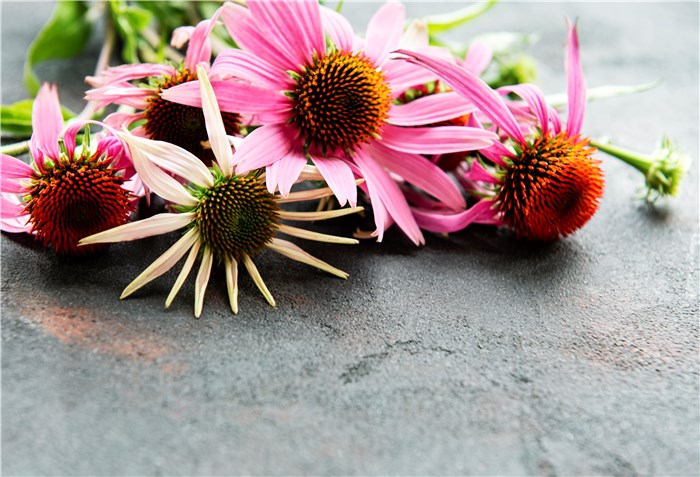
Flowers that Represent Healing and Reformation - Echinacea
Calendula
This vibrant flower is associated with healing and protection, often used in skincare for its soothing properties. Often referred to as marigold, this vibrant flower is celebrated for its anti-inflammatory, antiseptic, and wound-healing qualities, making it a symbol of recovery and rejuvenation. Traditionally used in salves and ointments, calendula helps soothe skin irritations and promotes healing, embodying the essence of care and restoration. Its bright, cheerful blooms also signify optimism and hope, reinforcing the idea of transformation through healing. Additionally, calendula’s ability to thrive in various conditions reflects resilience and adaptability, underscoring the potential for personal growth and renewal that can arise from overcoming challenges. Together, these attributes make calendula a powerful emblem of healing and reformation in both body and spirit.
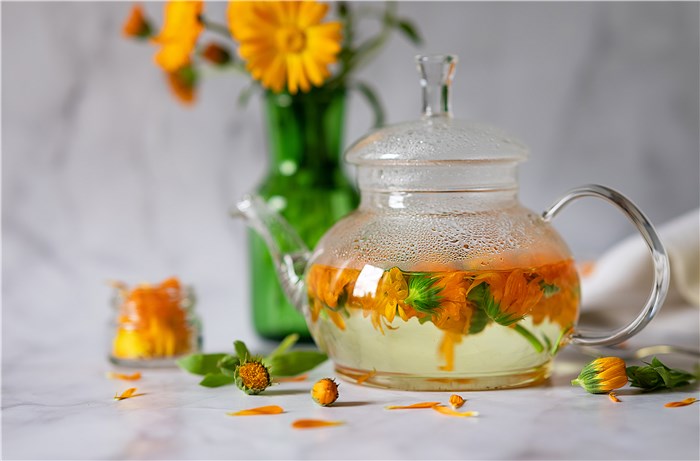
Flowers that Represent Healing and Reformation - Calendula
Rosemary
While primarily an herb, Rosemary symbolizes remembrance and healing, often used in rituals for purification. Rosemary represents healing and reformation thanks to its long-standing use in traditional medicine and its symbolic associations with memory and vitality. Known for its aromatic qualities, rosemary has been utilized for centuries to enhance cognitive function, boost mood, and improve digestion. Its medicinal properties make it a powerful symbol of healing, as it is often used in herbal remedies to alleviate various ailments.
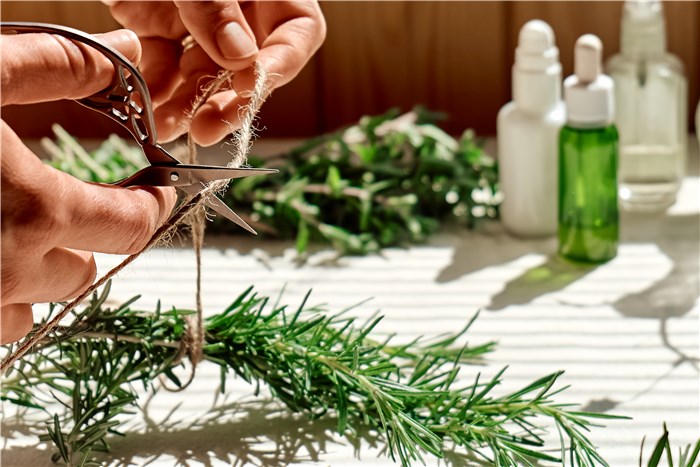
Flowers that Represent Healing and Reformation - Rosemary
Aloe Vera
Known for its healing properties, Aloe Vera symbolizes rejuvenation and recovery, particularly for skin ailments. Often referred to as the “plant of immortality,” Aloe Vera has been used for centuries to treat a variety of ailments, particularly for its soothing effects on skin conditions, burns, and wounds. Its gel contains anti-inflammatory and antibacterial properties, making it a powerful symbol of healing and recovery. Just as the plant can regenerate and flourish despite adversity, it serves as a reminder of the potential for personal growth and renewal through healing experiences.
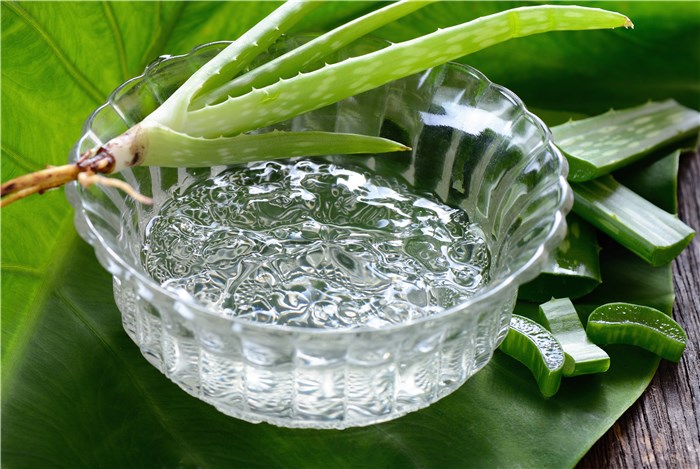
Flowers that Represent Healing and Reformation - Aloe Vera
Chamomile
Often used in teas for its calming effects, Chamomile symbolizes healing, comfort, and relaxation. Its gentle nature promotes emotional comfort, embodying nurturing care essential for holistic well-being. Additionally, the plant's life cycle — from seed to bloom—mirrors the journey of personal transformation, symbolizing renewal and growth through overcoming challenges. Chamomile's resilience in various environments further emphasizes adaptability and strength, inspiring individuals to embrace their healing journeys and the potential for positive change. Together, these attributes make chamomile a powerful emblem of healing and reformation.
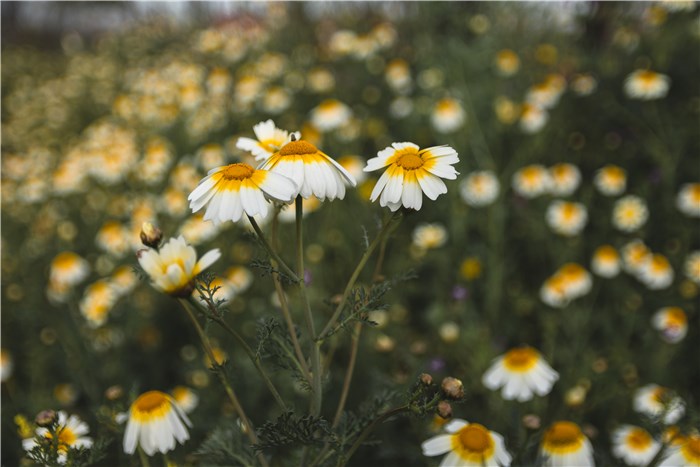
Flowers that Represent Healing and Reformation - Chamomile
Jasmine
Known for its sweet fragrance, jasmine symbolizes love and healing, often associated with emotional well-being. Known for its calming effects, jasmine is often used in aromatherapy to reduce stress, anxiety, and depression, promoting emotional well-being and tranquility. The flower is also associated with purity and love, symbolizing renewal and the transformative power of relationships and self-acceptance. Additionally, Jasmine’s ability to bloom in challenging conditions reflects resilience and adaptability, embodying the journey of personal growth that can arise from healing experiences. Together, these qualities make Jasmine a potent symbol of healing and reformation, representing the potential for recovery, renewal, and positive change in one’s life.
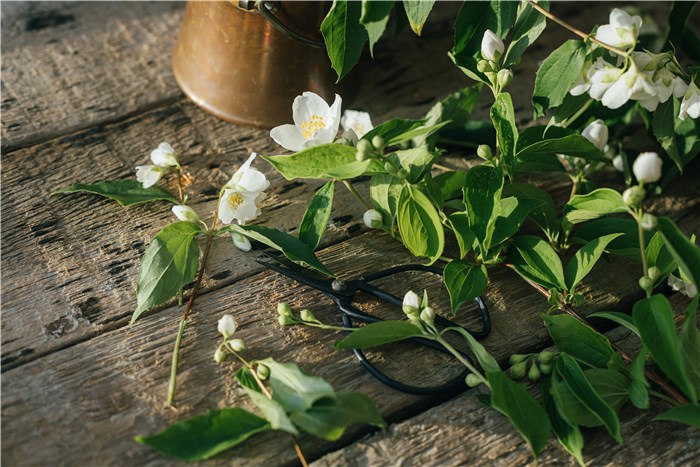
Flowers that Represent Healing and Reformation - Jasmine
How to Care for Flowers that Symbolize New Beginnings
It’s a brilliant journey to grow and take care of flowers that symbolize new beginnings. Not only can this beautify your space, but also nurtures a spirit of renewal and growth. Flowers like Lotus, Daffodil, and Tulips, are often associated with themes of hope, resilience, and transformation. It’s essential to learn how to care for these blooms, no matter whether you want to cultivate them in your garden or send them as gifts to your loved ones.
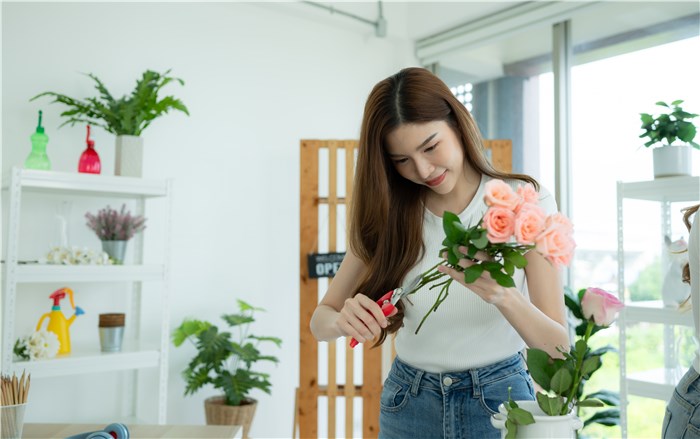
Care for Flowers that Symbolize New Beginnings
Light Requirement
Ensure your flowers receive proper sunlight, as many plants thrive in bright indirect light. Research each flower’s specific light requirements and invest in LED grow lights if necessary.
Watering Frequency
Water your flowers regularly but avoid overwatering. Most flowers prefer well-drained soil; check the top inch of the soil before watering to ensure it’s dry.
Soil Quality
Use high-quality potting soil that provides good drainage. Adding organic matter can enhance soil fertility and support healthy root development.
Fertilization
Feed your flowers with a balanced fertilizer during the growing season to encourage vibrant blooms. Follow the recommended dosage to avoid nutrient burn.
Seasonal Care
Be aware of seasonal changes. Some flowers may require special care in winter, such as bringing potted plants indoors or mulching outdoor beds.




